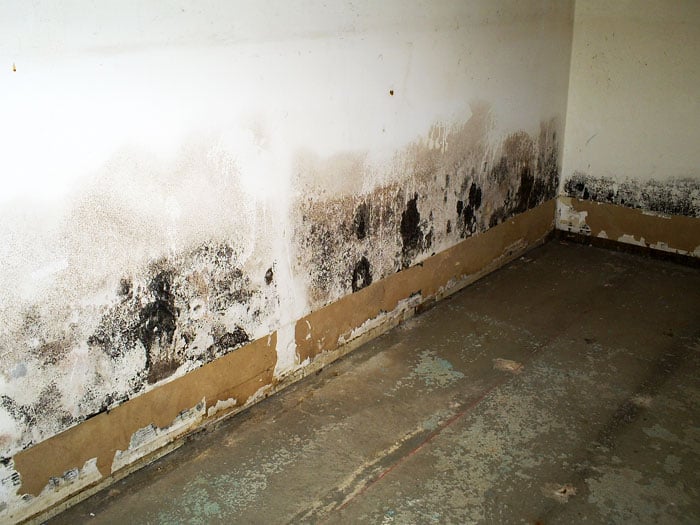On this page in the next paragraph you will discover a bunch of good expertise pertaining to Reducing Your Risk Of Water And Fire Damage At Home.

Water provides life, water invasion on parts where it's not expected to be can result in damage. It can peel away surface areas as well as deteriorate the foundation if the water saturates right into your structure. Mold and also mold likewise thrive in a damp atmosphere, which can be unsafe for your health and wellness. Residences with water damage smell stuffy and also old.
Water can originate from many sources such as hurricanes, floods, burst pipes, leaks, and drain issues. In case you experience water damage, it would certainly be excellent to recognize some security preventative measures. Below are a couple of guidelines on how to manage water damages.
Do Prioritize Home Insurance Protection
Water damage from flooding because of hefty winds is seasonal. You can likewise experience an unexpected flood when a malfunctioning pipe instantly breaks right into your home. It would certainly be best to have home insurance that covers both acts of God such as natural catastrophes, as well as emergency situations like damaged plumbing.
Don't Neglect to Shut Off Utilities
In the event of a catastrophe, especially if you stay in a flood-prone location, it would be advisable to switch off the main electrical circuit. This removes power to your whole residence, protecting against electrical shocks when water comes in as it is a conductor. Furthermore, do not forget to shut off the main water line shutoff. Furnishings will certainly relocate around as well as cause damage when floodwaters are high. Having the main shutoff shut down protects against more damage.
Do Remain Proactive and also Heed Weather Condition Signals
Pay attention to evacuation cautions if you live near a lake, creek, or river . Doing so lowers prospective residential or commercial property damage.
Don't Neglect the Roofing System
You can prevent rain damage if there are no holes as well as leaks in your roof covering. This will certainly avoid water from streaming down your wall surfaces as well as saturating your ceiling.
Do Take Notice Of Tiny Leaks
A ruptured pipeline does not take place over night. You may observe bubbling paint, peeling off wallpaper, water touches, water spots, or trickling sounds behind the walls. Have your plumbing repaired before it results in huge damages.
Do Not Panic in Case of a Burst Pipe
Keeping your clearheadedness is vital in a time of dilemma. Due to the fact that it will certainly stifle you from acting quick, worrying will only worsen the issue. Timing is key when it comes to water damages. The longer you wait, the more damages you can anticipate. Thus, if a pipeline bursts in your home, immediately shut down your main water shutoff to remove the source. After that disconnect all electric outlets in the area or shut off the circuit breaker for that part of your home. Finally, call a trusted water damages reconstruction expert for support.
Water gives life, water breach on parts where it's not expected to be can result in damage. Residences with water damages scent musty and old.
Water damages from flooding dues to hefty winds is seasonal. You might discover gurgling paint, peeling wallpaper, water streaks, water stains, or trickling sounds behind the wall surfaces. When it comes to water damages, timing is essential.
Some Do's & Don't When Dealing with a Water Damage
DO:
Make sure the water source has been eliminated. Contact a plumber if needed. Turn off circuit breakers supplying electricity to wet areas and unplug any electronics that are on wet carpet or surfaces Remove small furniture items Remove as much excess water as possible by mopping or blotting; Use WHITE towels to blot wet carpeting Wipe water from wooden furniture after removing anything on it Remove and prop up wet upholstery cushions for even drying (check for any bleeding) Pin up curtains or furniture skirts if needed Place aluminum foil, saucers or wood blocks between furniture legs and wet carpet Turn on air conditioning for maximum drying in winter and open windows in the summer Open any drawers and cabinets affected for complete drying but do not force them open Remove any valuable art objects or paintings to a safe, dry place Open any suitcases or luggage that may have been affected to dry, preferably in sunlight Hang any fur or leather goods to dry at room temperature Punch small holes in sagging ceilings to relieve trapped water (don't forget to place pans beneath!); however, if the ceiling is sagging extremely low, stay out of the room and we'll take care of it DO NOT:
Leave wet fabrics in place; dry them as soon as possible Leave books, magazines or any other colored items on wet carpets or floor Use your household vacuum to remove water Use TV's or other electronics/appliances while standing on wet carpets or floors; especially not on wet concrete floors Turn on ceiling fixtures if the ceiling is wet Turn your heat up, unless instructed otherwise

I stumbled upon that blog entry on Ways to Reduce The Risk Of Fire And Water Damage when surfing the search engines. Feel free to take the opportunity to promote this post if you liked it. Thanks for your time. Visit us again soon.